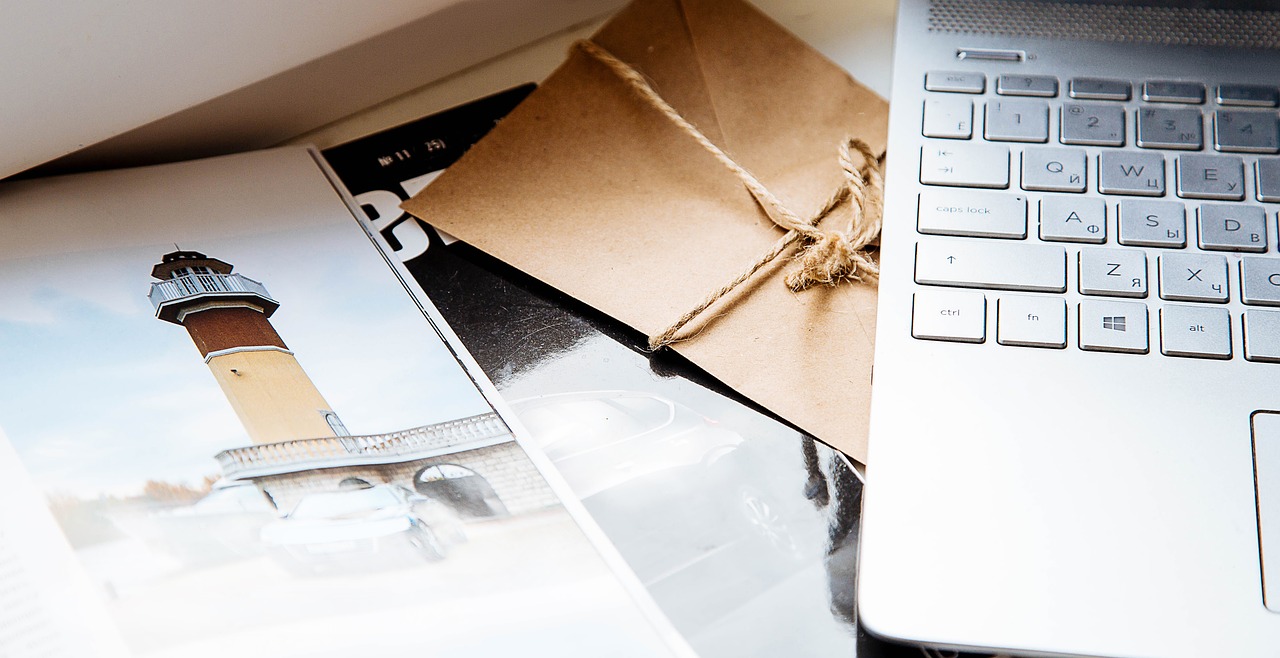In today’s fast-paced world, it’s easy to get caught up in the hustle and bustle of daily life, often losing sight of the present moment. Practicing mindfulness offers a powerful antidote to this constant distraction, allowing us to cultivate a deeper sense of awareness, reduce stress, and enhance our overall well-being. This guide provides actionable strategies and practical tips to integrate mindfulness into your daily routine and unlock its transformative benefits.
Understanding Mindfulness: What It Is and Why It Matters
Defining Mindfulness
Mindfulness is the basic human ability to be fully present, aware of where we are and what we’re doing, and not overly reactive or overwhelmed by what’s going on around us. It’s about paying attention to your thoughts, feelings, bodily sensations, and surrounding environment without judgment. Essentially, it’s about being present in the “now.”
- Key elements of mindfulness:
Paying attention on purpose
In the present moment
Without judgment
Benefits of Practicing Mindfulness
Mindfulness offers a wide range of benefits, supported by scientific research and anecdotal evidence. Incorporating mindfulness into your life can significantly improve your mental and physical health.
- Reduced stress and anxiety: Studies show that mindfulness-based interventions can lower cortisol levels, the hormone associated with stress.
- Improved focus and concentration: Regular mindfulness practice strengthens the brain’s ability to focus, enhancing cognitive function.
- Increased self-awareness: Mindfulness helps you understand your thoughts, emotions, and behaviors, leading to greater self-compassion and emotional regulation.
- Enhanced emotional regulation: By observing emotions without judgment, you can learn to respond to them more skillfully.
- Better sleep quality: Mindfulness can help calm the mind and reduce racing thoughts, promoting restful sleep.
- Improved relationships: Increased empathy and understanding fostered by mindfulness can lead to healthier, more fulfilling relationships.
Simple Mindfulness Techniques to Start With
Mindful Breathing Exercises
One of the easiest and most accessible mindfulness techniques is mindful breathing. You can practice this anytime, anywhere, and it requires no special equipment.
- How to practice:
1. Find a comfortable position, either sitting or lying down.
2. Close your eyes or soften your gaze.
3. Bring your attention to your breath, noticing the sensation of the air entering and leaving your body.
4. Observe the rise and fall of your chest or abdomen.
5. When your mind wanders (and it will!), gently guide your attention back to your breath.
6. Start with 5 minutes and gradually increase the duration.
- Example: During a stressful meeting, take a few moments to focus on your breath. Notice the rhythm of your inhale and exhale. This simple act can help calm your nerves and improve your clarity.
Body Scan Meditation
A body scan meditation involves systematically bringing awareness to different parts of your body, noticing any sensations without judgment. This practice helps you become more attuned to your physical sensations and reduce physical tension.
- How to practice:
1. Lie down comfortably on your back.
2. Close your eyes and bring your attention to your toes.
3. Notice any sensations – warmth, coolness, tingling, or pressure.
4. Slowly move your attention up your body, from your feet to your legs, torso, arms, neck, and head.
5. If you encounter any discomfort or pain, simply acknowledge it and breathe into it.
6. Continue scanning your body for 10-20 minutes.
Mindful Eating
Mindful eating involves paying full attention to the experience of eating, engaging all your senses, and noticing the flavors, textures, and aromas of your food. This practice can help you develop a healthier relationship with food and prevent overeating.
- How to practice:
1. Sit down at a table without distractions (no phone, TV, or computer).
2. Take a moment to look at your food and appreciate its colors and textures.
3. Smell the food and notice its aroma.
4. Take a small bite and chew slowly, paying attention to the flavors and textures as they unfold.
5. Notice your body’s cues for hunger and fullness.
6. Avoid multitasking while eating.
Example: Instead of scarfing down lunch at your desk, step away and eat in a quiet space. Focus solely on your food and savor each bite.
Integrating Mindfulness into Daily Activities
Mindful Walking
Transform your daily walk into a mindful experience by paying attention to the sensations of your feet touching the ground, the movement of your body, and the sights and sounds around you.
- How to practice:
1. Choose a quiet place to walk.
2. Start by noticing the sensations of your feet making contact with the ground.
3. Pay attention to the movement of your body as you walk.
4. Notice the sights, sounds, and smells around you without judgment.
5. If your mind wanders, gently bring your attention back to your breath or the sensations of walking.
Mindful Listening
Improve your communication skills and deepen your connections with others by practicing mindful listening. Give your full attention to the person speaking, without interrupting or formulating your response.
- How to practice:
1. Make eye contact with the person speaking.
2. Put away any distractions, such as your phone or computer.
3. Listen attentively to what the person is saying, without interrupting.
4. Notice your own thoughts and feelings as you listen, but don’t let them distract you.
5. Reflect on what the person has said before responding.
- Example: During a conversation with a friend, truly listen to what they are saying without thinking about what you want to say next. This will show them that you care and help you understand their perspective better.
Mindful Technology Use
Be intentional about how you use technology. Set boundaries, take breaks, and be present when you’re engaging with digital devices.
- Tips for mindful technology use:
Set specific times for checking emails and social media.
Turn off notifications to reduce distractions.
Take regular breaks from screens to stretch and refocus.
Be present when engaging with technology, rather than multitasking.
Practice digital detoxing on weekends or evenings.
Overcoming Challenges in Mindfulness Practice
Dealing with a Wandering Mind
It’s normal for your mind to wander during mindfulness practice. The key is to gently redirect your attention back to your chosen focus, such as your breath or body sensations, without judgment.
- Strategies for managing a wandering mind:
Acknowledge the thought or distraction without judgment.
Gently redirect your attention back to your chosen focus.
Use a mantra or affirmation to help anchor your attention.
Practice regularly to strengthen your ability to focus.
Finding Time for Mindfulness
Even a few minutes of mindfulness practice each day can make a significant difference. Incorporate mindfulness into your existing routines, such as your morning commute or lunchtime.
- Tips for finding time for mindfulness:
Schedule mindfulness practice into your calendar.
Wake up a few minutes earlier to meditate.
Practice mindfulness during your commute.
Use waiting time as an opportunity to practice mindful breathing.
Incorporate mindfulness into your bedtime routine.
Cultivating Self-Compassion
Be kind and gentle with yourself as you learn to practice mindfulness. Avoid self-criticism and remember that it’s okay to have moments of distraction or frustration.
- Practices for cultivating self-compassion:
Treat yourself with the same kindness and understanding you would offer a friend.
Acknowledge your imperfections and accept yourself as you are.
Practice self-compassion meditations.
Engage in activities that bring you joy and nurture your well-being.
Utilizing Resources for Continued Learning
Mindfulness Apps and Websites
Numerous apps and websites offer guided meditations, mindfulness exercises, and educational resources to support your mindfulness journey.
- Popular mindfulness apps:
Headspace
Calm
Insight Timer
- Useful websites:
Mindful.org
UCLA Mindful Awareness Research Center (MARC)
Mindfulness Workshops and Retreats
Consider attending a mindfulness workshop or retreat to deepen your practice and connect with other practitioners. These experiences can provide valuable insights and support.
- Benefits of workshops and retreats:
Learn from experienced mindfulness teachers.
Immerse yourself in a supportive environment.
Deepen your understanding of mindfulness principles.
* Connect with like-minded individuals.
Conclusion
Mindfulness is a powerful tool for enhancing your well-being and navigating the challenges of modern life. By incorporating simple mindfulness techniques into your daily routine and cultivating self-compassion, you can cultivate a deeper sense of awareness, reduce stress, and live a more fulfilling life. Start small, be patient with yourself, and remember that every moment presents an opportunity to practice being present.




